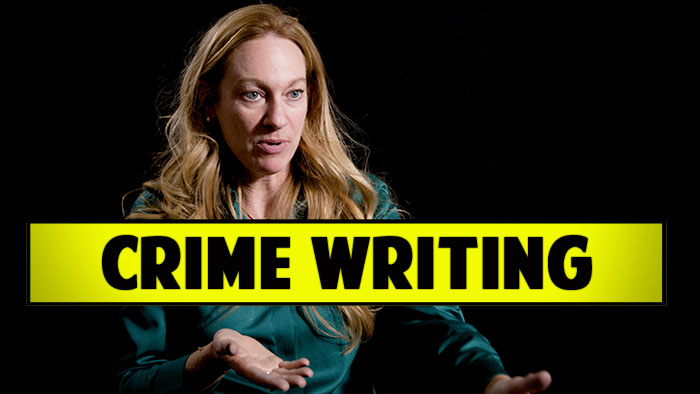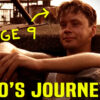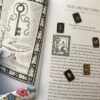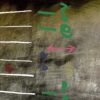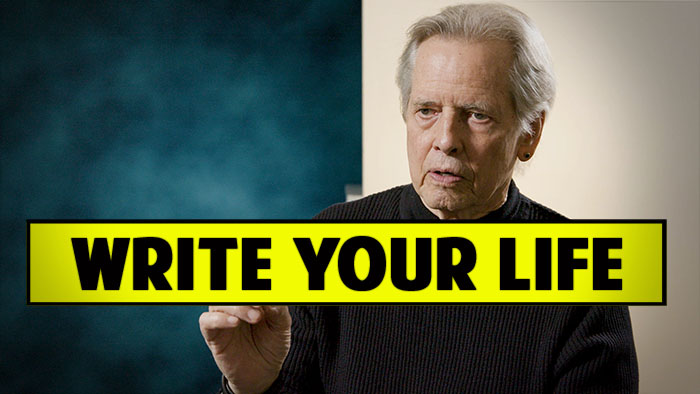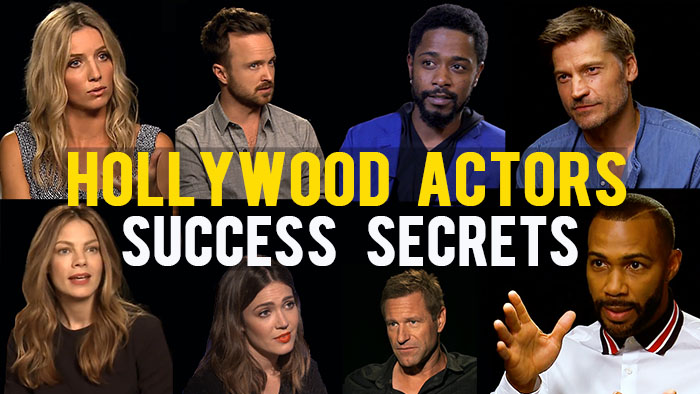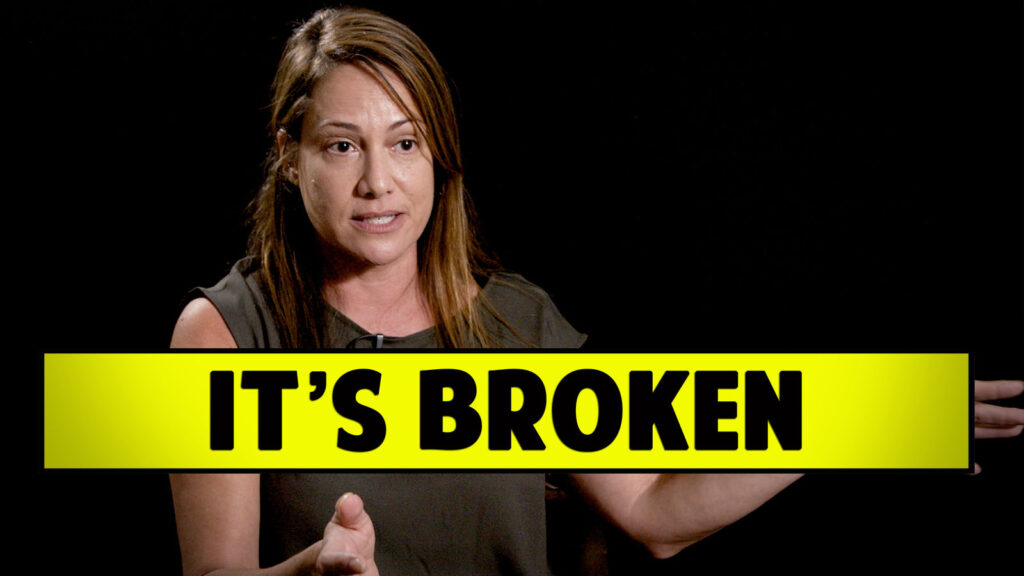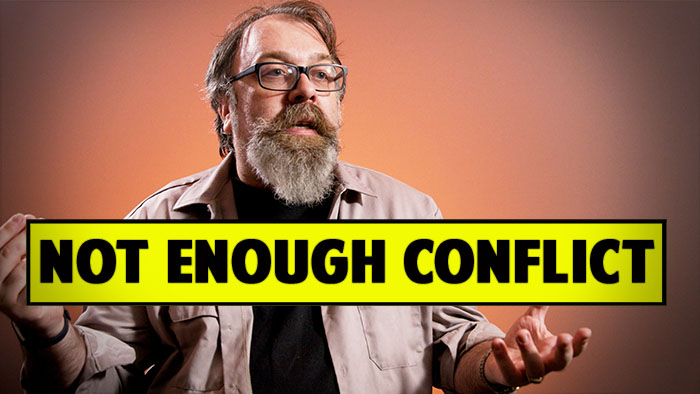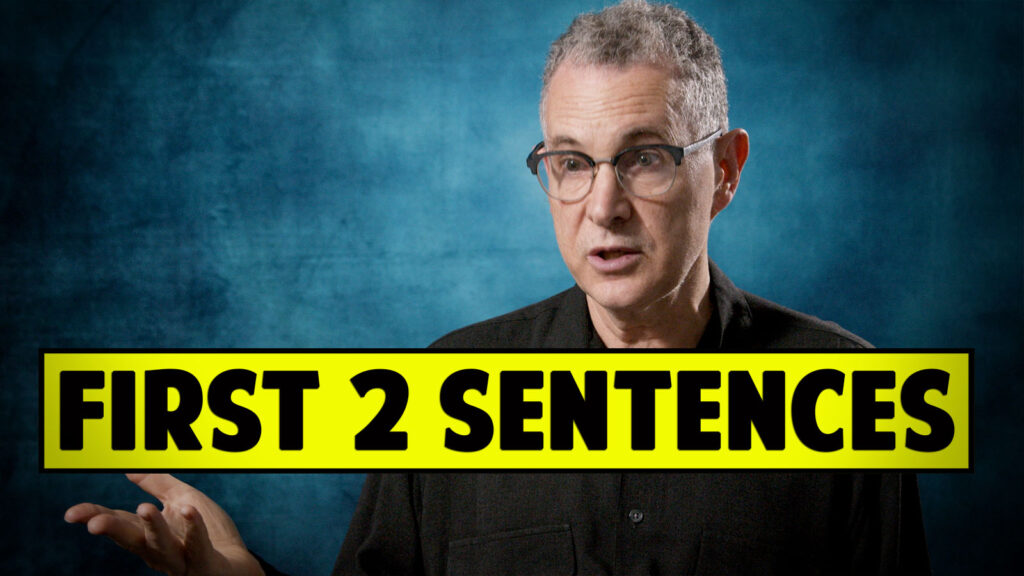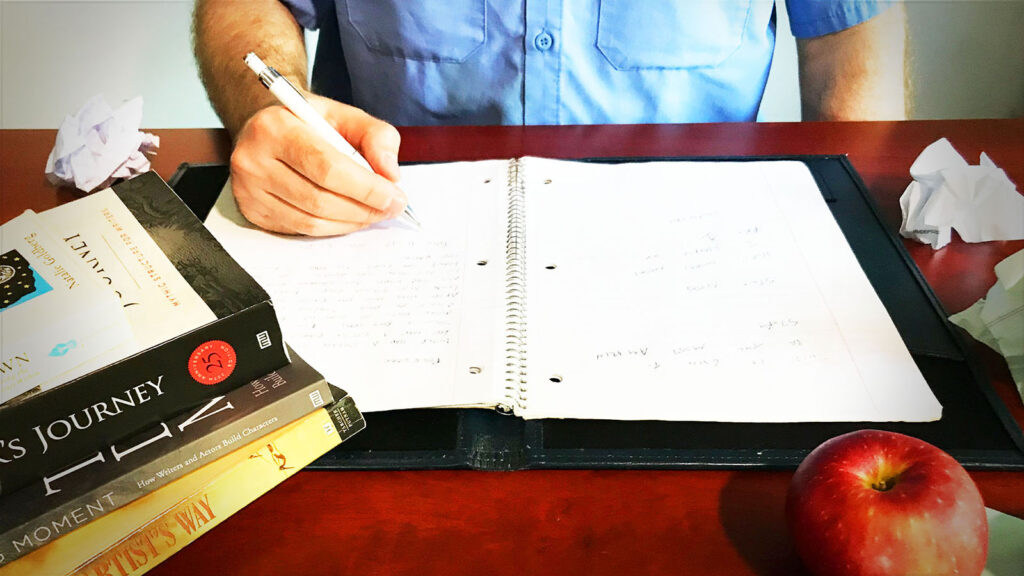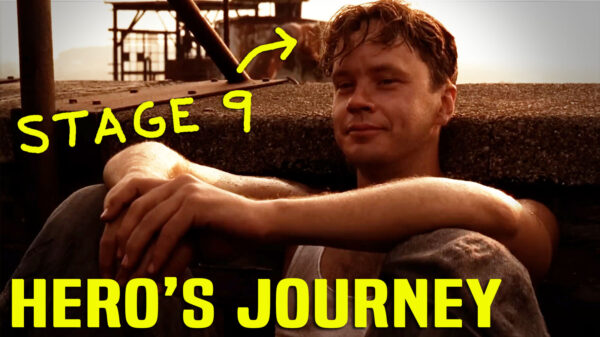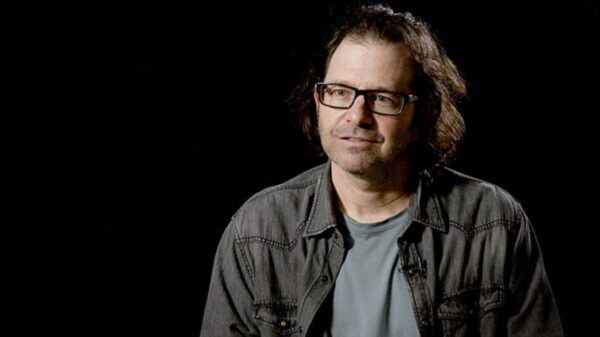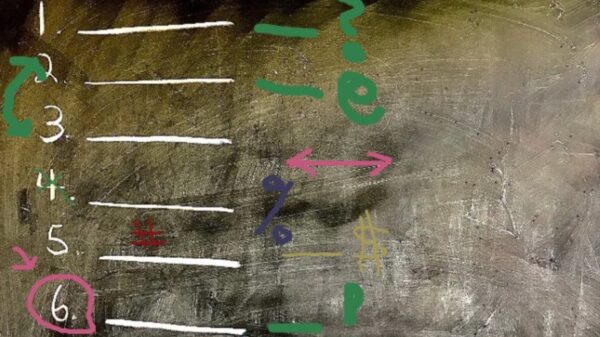Film Courage: Why do you say limit physical evidence to three to five pieces?
Jennifer Dornbush, Screenwriter, Author, Speaker, Consultant, and Forensic Science Specialist: I do say there are six basic types of evidence in the world that you can use, not just for writers but for real investigators. Physical evidence, there are three types of physical evidence, specially DNA because we’ve come so far with DNA right now. My rule of thumb is never solve a case with DNA. That was okay in the 90’s when DNA was evolving and it was like this bright, shiny, new thing but now it’s too easy and DNA it’s so good which is too easy I think story wise. I say limit your overall physical evidence three to five because while those are interesting trails of evidence and we need them to connect the dots to and from our crime to our criminal, a lot of times they can be easily resolved because you’re looking at, like a shard of glass, eventually they’re going to find out Okay, it’s this kind of glass and it came from that window at that church on that street. Okay great, we’ve connected those dots, awesome. But what’s more interesting storywise is circumstantial evidence and that’s all that indirect evidence, what people think or hear or infer. It’s that gray area. If you look at Sharp Objects most of that is solved through circumstantial evidence, piecing together memories, piecing together where people were at certain times, piecing together what people said or heard. There are physical pieces of evidence but it’s mostly connected through circumstantial evidence and I think that’s what makes for good tension because and suspense and gray area in story and unless you’re writing a very straight forensic kind of story type, which is great I mean we have those and we all love them, Bones is a great example of that, CSI and NCIS those are really fun and they’ve been on the air forever, they’re classics but they deal very strongly in physical evidence. I think that the circumstantial…(Watch the video interview on Youtube here).

BUY THE BOOK: FORENSIC SPEAK: How to Write Realistic Crime Dramas
BIO:
Jennifer Dornbush is a screenwriter, author, speaker, consultant, and forensic science specialist. Jennifer grew up around the forensic world as the daughter of a medical examiner whose office was located in her home. She has been teaching and script consulting since 1997 and regularly leads seminars and workshops on screenwriting basics, writing for Hollywood, crime fiction, forensics, death investigation, and the creative life.
CONNECT WITH JENNIFER DORNBUSH:
MORE MICHAEL WIESE PRODUCTIONS AUTHORS:
Advertisement – contains affiliate links
(As an Amazon Associate I earn from qualifying purchases)
More affiliates:
Camera we use for interviews – https://buff.ly/3rWqrra
Editing system – https://goo.gl/56LnpM
Sound we use for interviews – https://amzn.to/2tbFlM9
Writers, try Final Draft free for 30-days – https://ow.ly/Gz4w30rDSKt
Other books on Amazon that Film Courage recommends – https://buff.ly/3o0oE5o






